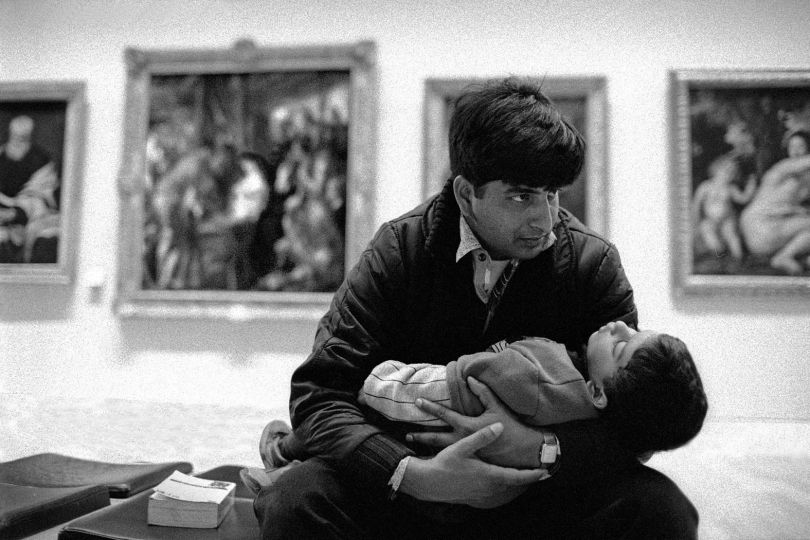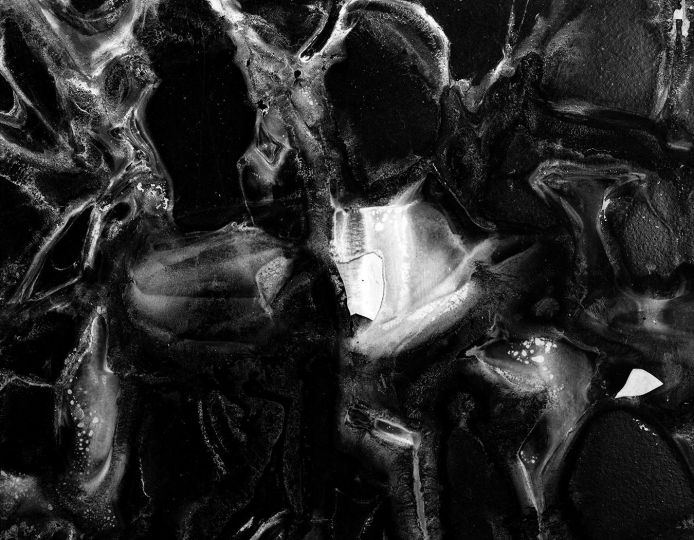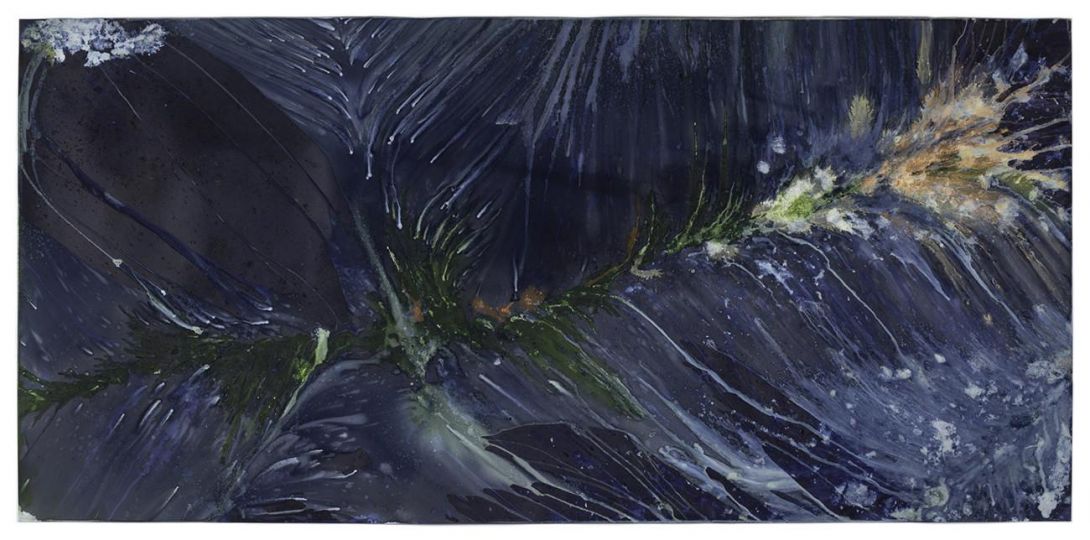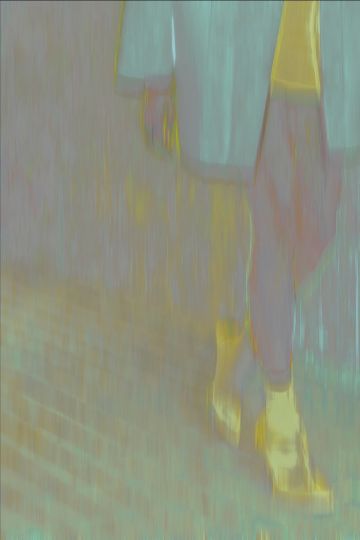As the world turn, so it shifts and what we had taken for granted is called into question. Perhaps nowhere is this shift more obvious and profound than in the transition from print to digital in the literary and photographic worlds. The printed book, which came into existence when Guttenberg decided to make the Bible available to the literate class, has become not only a repository of knowledge and beauty, but a repository of the soul itself.
But the soul does not hold to any particular form. It can be found anywhere there is a passion for life, love, truth, and honor. We who work in photography and publishing today straddle two worlds at the same time. We are charged to contribute of ourselves, to tell and share stories, experiences, and understandings that have the power to change the world. The need to tell is grounded in our very humanity itself; without the word or the image, we would be a very primal version of ourselves.
But it is through the word and the image that we return not only to our higher being and purpose, but come together with the intention to inspire others to find their own way. It is to this end that the printed object takes hold, in our hands, before our eyes, in our imaginations, and it is here, in these many realms, that the book unfolds. And if we are truly passionate about the book we look not only to the subject and the author, but to the publisher themselves, to the people whose vision provides a platform and a stage upon which these stories can be shared.
h.f.ullmann publishing was founded in 2007 by Herbert Ullmann in Potsdam, Germany. Today, the staff numbers 25, and the house produces 200 titles per year in different languages. In 2010, h.f.ullmann published Ars Sacra, a book about Christian art and architecture.
As Lucas Lüdemann, Commissioning Editor, notes, “This was the start to a new concept of art book: Amazing photography with incredible details of the most fascinating church interiors, and works of sculpture and painting. The photographer of Ars Sacra, Achim Bednorz, traveled through Europe for five years taking thousands of photographs in the best possible quality. When we first saw the pictures he had taken, we realized that this would give us the possibility for a new graphical concept, and we created what we called ‘the zoom principle’. Starting with the general view of an art work, we then get closer and closer, step by step, showing details in a huge format that people wouldn’t even see if they were right there on location, because the work is far away on the ceiling.
“The success of this new kind of book allowed us to continue our series of big format books with the Collection of Art Epochs. The new concept of these books takes into account that people can find almost every type of information on Internet, but they cannot get the atmosphere of an art work. With this kind of photography – combined with an emotional visual approach and texts that tell a story—the books become art works themselves. When we speak about books becoming art works, it refers also to the book as a haptic experience. Books of these kinds have to be made of the finest materials: thick paper, brilliant printing and handmade binding. Some years ago books had only the function to communicate content. Now books have a more emotional way of communication, where all senses are touched.”
The success of this new kind of book allowed us to continue our series of big format books with the Collection of Art Epochs.
Most recently, h.f.ullmann has published Baroque by Barbara Borngässer and Gothic by Bruno Klein, both edited by Rolf Toman. Instead of approaching the book as they had done in the past, from an academic, encyclopedic perspective, h.f.ullmann approached the creation of the book by starting with the photograph itself. The results are magical. We are transported through time and space with each and every turn of the page. As Lüdemann observes, “The big format is essential for immerging into these subjects. The book becomes an art object that you would want to have at a special place in your environment. Open it to your favorite page and lay it on a console or desk. Every time you pass by, it will remind you that there are things that are durable and have consistency. The photographs will brighten up your day and take you away from daily stress and duties.”
Indeed, these books become objects of art, reference volumes, and a form of meditation of the work itself. When paging through an h.f.ullmann volume, we are reminded of the power of the book itself, the way in which it not only manifests the greatness of history, but the transcendent power of the human spirit itself.
Miss Rosen
















